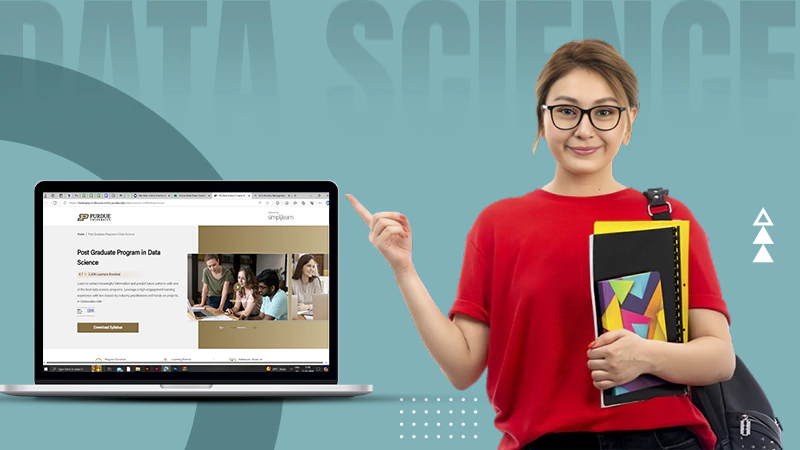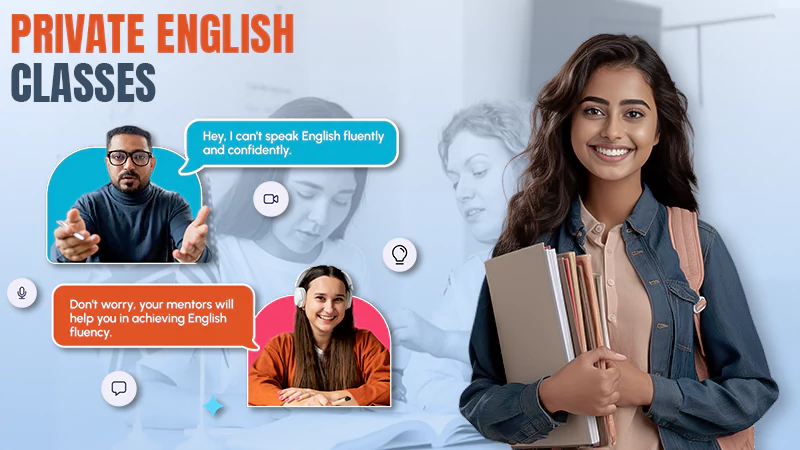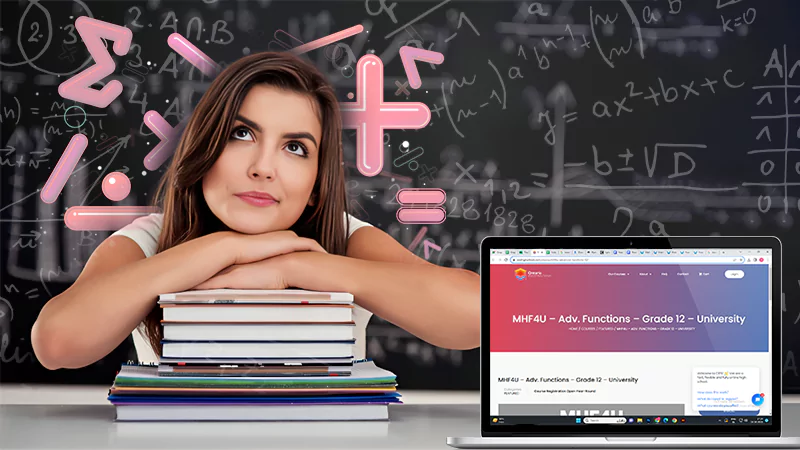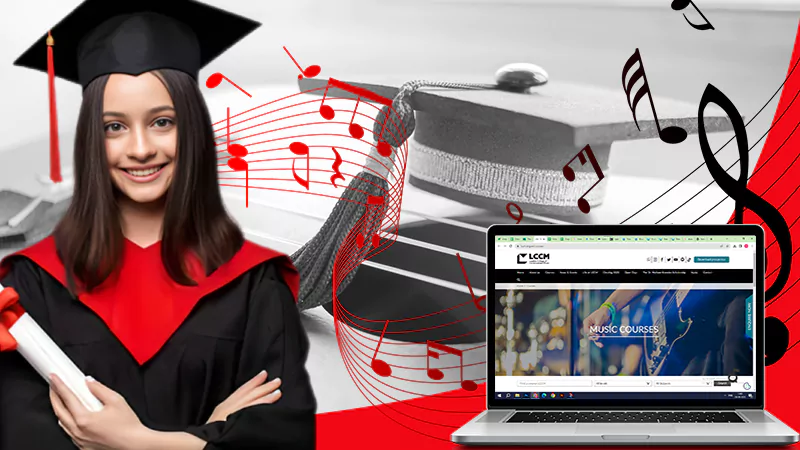Debunking Misconceptions About eLearning at a Virtual High School

Earning credits through a virtual high school can help learners in a variety of situations — and stages of their lives. For example, it’s an ideal way for middle school students to repeat one or two courses to improve their grades. It works for high school students hoping to complete and earn their diplomas exclusively online. It’s useful for mature learners wishing to earn credits or strengthen their knowledge in a particular field, and it can help international students get the necessary requirements to apply for postsecondary in their chosen country.
While it’s clear that eLearning through an accredited virtual school offers something for everyone, some common misconceptions can sometimes deter potential students from applying. Here are a few misunderstandings about eLearning through a virtual high school — and why these are more myth than fact.
Educational Standards Will Be Compromised
Some assume virtual curriculums are compromised or of a lesser quality than their in-person counterparts. This couldn’t be further from the truth. Any accredited virtual online high school is inspected by local educational authorities to ensure it meets legal requirements to issue official certificates and credits. Further, teachers are qualified, certified, and in good standing with teachers’ colleges.
All this means that your virtual high school diploma or course credit is just as legitimate and valuable as the one you’d gain from a regular day school — it’s the law!
It’s Hard to Focus During Self-Regulated Learning
While self-directed learning can be challenging for some, most students soon find their groove and establish a routine that works best for them. In fact, there’s an increasing body of research that shows that many students are being failed by the one-size-fits-all approach to learning at a brick-and-mortar high school. Through a virtual high school, students can tailor their learnings to suit their unique needs. This allows students to log on anytime, 24/7, and revisit coursework they didn’t feel comfortable with whenever they’d like.
Further, recognized virtual high schools will monitor the attendance patterns of their students and will connect to offer advice, assistance, and support if they notice that the student isn’t progressing adequately. Team members at the school can often work with students to create a study plan that works for their learning needs and their schedule, too.
You’re Completely Alone
It’s assumed that once you log on to the web to begin your coursework, you’re utterly alone in the process, and success or failure is entirely up to you. This just isn’t true. Many virtual high schools still require students to participate and engage in threaded online discussions. Teachers are but an email away, with the option to schedule a one-on-one meet-up always on the table.
Virtual High School Is Just for Teens
Actually, virtual schools can also cater to adult learners who are eager to complete their high school diploma, take a course for a pathway change and even upgrade their marks for entry into a postsecondary institution. Instead of attending a physical school, adults — with busy social, family, and professional lives — can complete coursework and take the final exam during their free time, often in as little as four weeks.
Takeaway
Don’t believe everything you hear about online learning! Today’s virtual high school can cater to a wide variety of learners and can absolutely help students of all ages and in every corner of the world reach their academic goals.
Follow Us
Latest Post
















